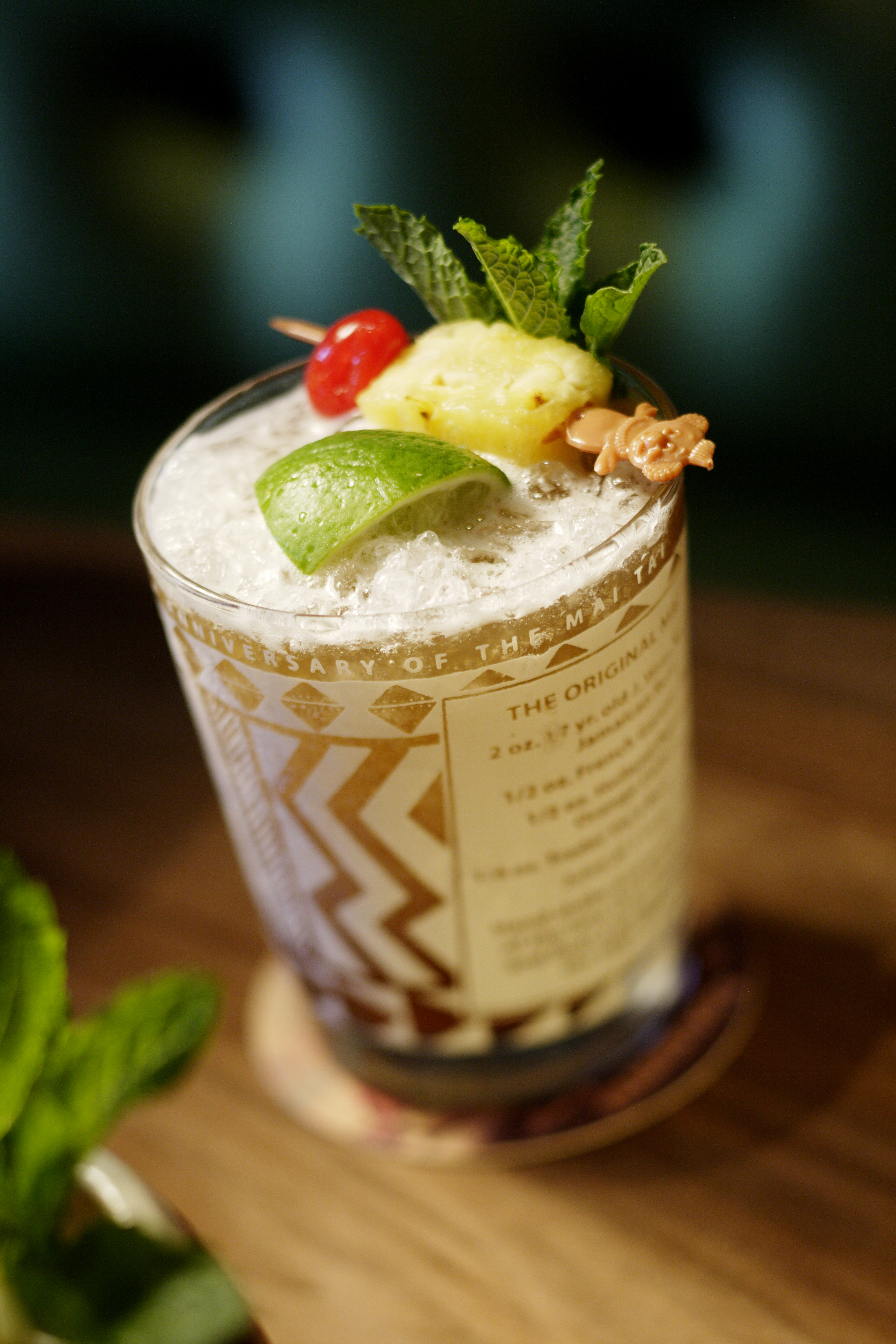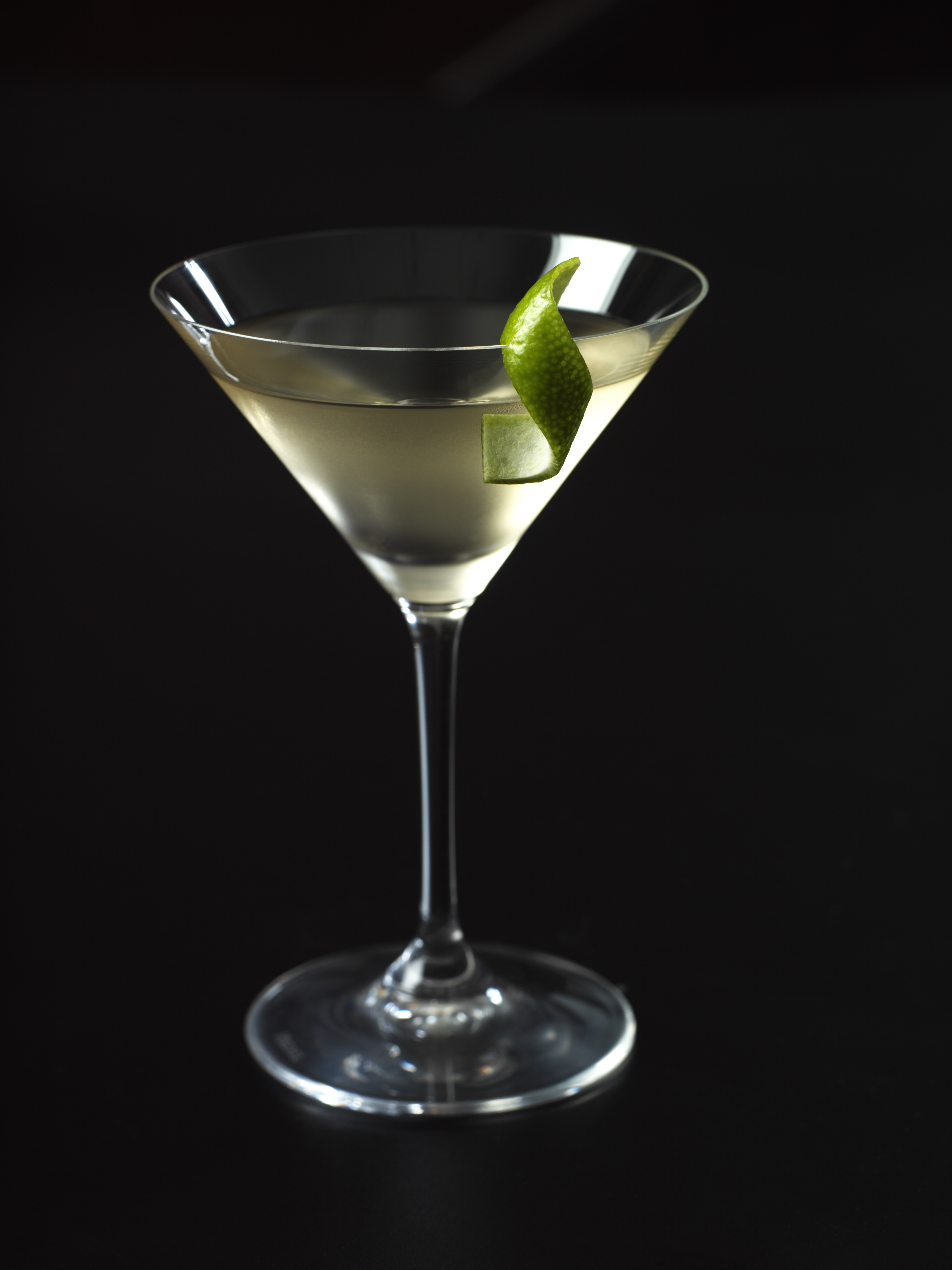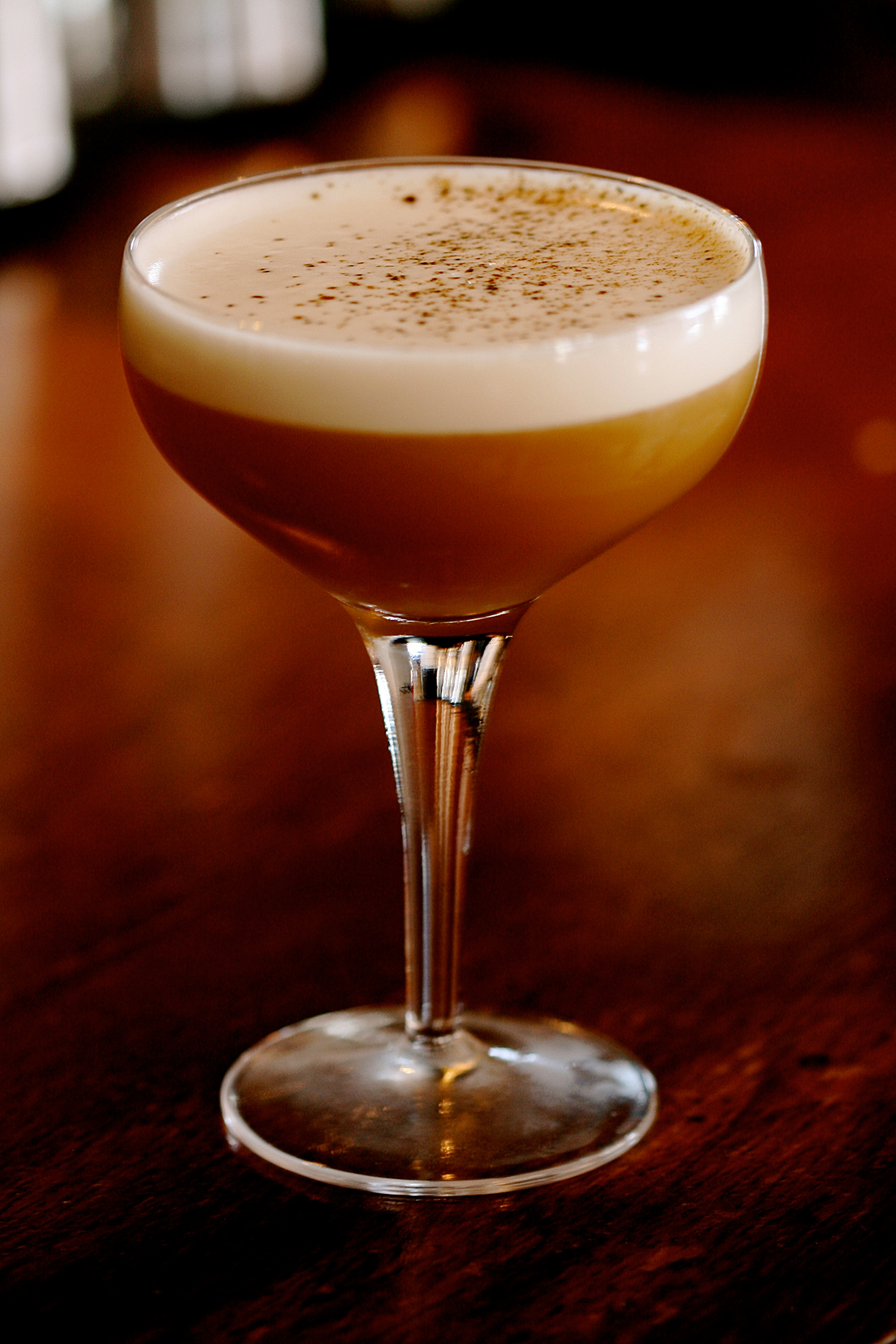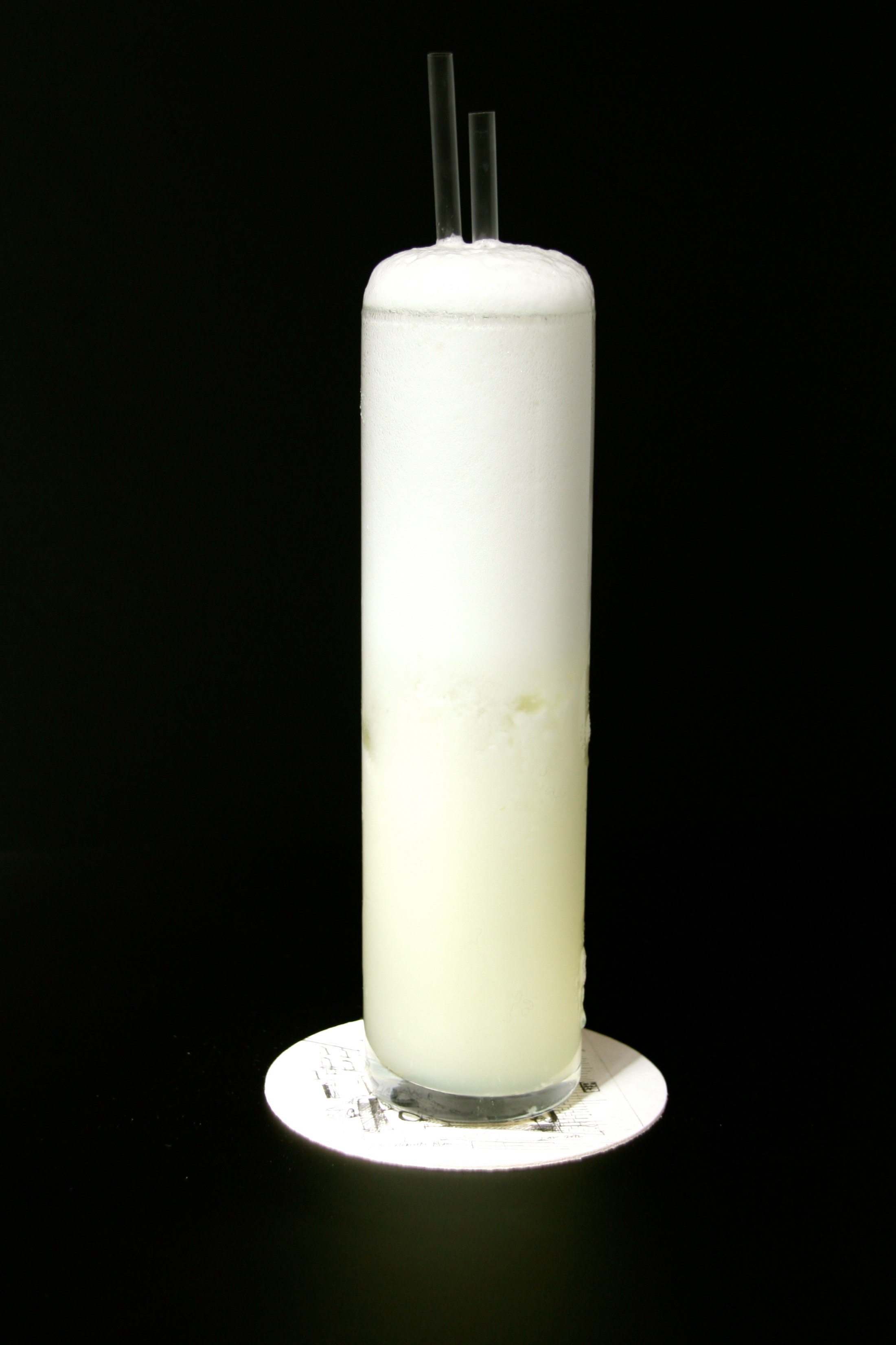How to Make the Perfect Mai Tai
Sip sip.

A Mai Tai is a tart drink when made properly. There should be a beautiful, forward moment of dark rum, bright lime, and a swift undercurrent of almond. It should arrive a soft amber colour, with a spent lime shell, plenty of crushed ice, and, if your bartender really likes you, an orchid and a mint sprig.
If your Mai Tai arrives bright red, magenta, or—the absolute worst—electric blue, flee that bar, never to return.
This August is a fitting time to seek out a classic, properly made Mai Tai. The cocktail turns 75 years old this month, first shaken back in 1944 in Oakland, California, at the original Trader Vic’s location by famous barman and owner, Victor “The Trader” Bergeron.
“I think this drink has stuck around like so many others––the Daiquiri, the Margarita, the Negroni––because of one simple, basic fact. A proper Mai Tai is just delicious,” says Rod Moore, owner of The Shameful Tiki Room, which has a location in Vancouver and one in Toronto. On the stereo at Shameful, you’ll find surf rock. The bar staff is properly clad in Hawaiian attire, and the atmosphere is transporting. “The Mai Tai is actually one of the simpler tiki drinks out there, with only five ingredients,” he continues. “I think you’d be the worst tiki bar in the world if you didn’t have a great Mai Tai on your menu.”
What’s ironic is that, while the cocktail is globally recognized and extremely popular, you can just as easily find a terrible Mai Tai as a great one.
Vic Bergeron’s original Mai Tai used 17-year-old J. Wray and Nephew rum, from Jamaica. That particular spirit (sadly no longer available) played an essential role in the cocktail. It created a rum-forward drink that was balanced by the sour notes of fresh lime, orange curaçao, and rock candy syrup, which today is replaced by simple syrup. The other cornerstone besides the defunct, funky Wray and Nephew rum? Orgeat.
Orgeat (pronounced or-zhat) is a syrup made from almonds and orange flower water. It’s lightly nutty, floral, and essential to many a classic tiki cocktail. It’s also seen a modern resurgence, with brands like Small Hand Foods and Latitude 29 making gorgeous craft options you can easily purchase online for your own home bar.
“My current favourite orgeat brand is BG Reynolds, but we make our own at the bar for service,” says Moore. He also recommends blending rums to get as close as possible to the old Wray and Nephew spirit. An aged Martinique rum and a premium Jamaican rum will do the trick wonderfully.
“We use a 2-ounce pour of our house Mai Tai rum blend—Appleton Estate Jamaican rum, Havana Club three-year-old rum, and a splash of Wray & Nephew Overproof white rum, to emulate the funkiness of the original recipe’s rum,” he says.
There’s simply no excuse for a bad Mai Tai. The original deserves its stature as one of the world’s most famous cocktails, and the Trader Vic’s locations—as well as plenty of other tiki joints around the globe—will be pouring them with pride as we move into autumn.
It’s also easy to enjoy them at home, once you stock the proper items.
Moore suggests an ounce of Martinique rum (try Clément VSOP Rhum Agricole) and an ounce of aged Jamaican rum, such as Appleton Estate. And don’t forget the orgeat!

A Mai Tai should never be red, magenta, or—the absolute worst—electric blue.
The classic recipe:
1 oz. aged Jamaican rum
1 oz. aged Martinique rum
1/2 oz. orange curaçao
1 oz. fresh lime juice
1/4 oz. simple syrup
1/4 oz. orgeat syrup
Combine all ingredients and shake with ice. Fill a rocks glass with crushed ice and strain the cocktail into it. Top with more crushed ice and garnish with half a lime shell and a sprig of mint.
Photos courtesy of Trader Vic’s.
_________
Never miss a story. Sign up for NUVO’s weekly newsletter, here.




